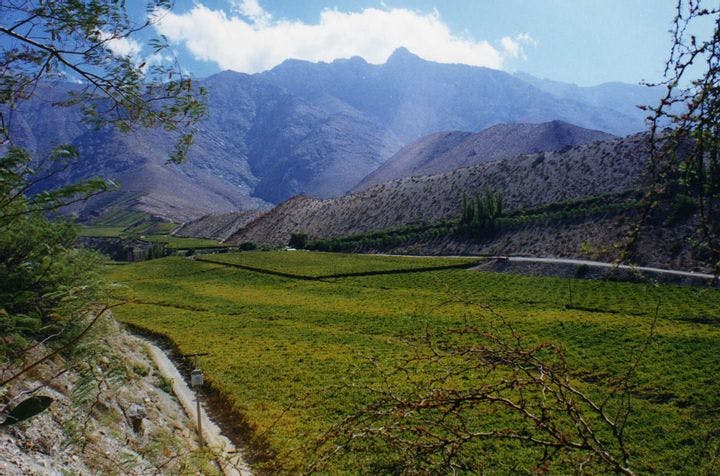Fall 2008
The Global Warming Diet
– The Wilson Quarterly
Eating “green” is not so easy.
Worried about the environmental cost of eating Chilean grapes in January? Eager to help curtail global warming by grilling only locally grown beef? Then pay more attention to what you eat and less to geography. Surprisingly, write two engineers at Carnegie Mellon University, consumers can do more to reduce greenhouse-gas emissions by shifting family menus one day a week from red meat and dairy products to chicken, fish, or vegetables than they can by buying 100 percent locally grown food.
Christopher L. Weber and H. Scott Matthews found that the delivery of food from producers to grocery stores accounts for only four percent of America’s food-related greenhouse-gas emissions. Most of the environmental impact of food is the result of things that happen during the production phase. Transportation as a whole accounts for only 11 percent of food’s life cycle emissions, and international air freight only two percent of that.
No matter how it is measured, Weber and Matthews write, “red meat is more greenhouse-gas intensive than all other forms of food,” because of the long supply chains of animal feed. Dairy products are second. They are about half as intensive as red meat, calorie for calorie. Fruits and vegetables take about the same toll on the environment as chicken, fish, eggs, and nuts. The impact they have on the environment is less in the production phase, but greater in delivery and transportation.
Weber and Matthews estimate that if the average household bought every food product locally, it could save about as much energy in a year as if it cut back on driving by 1,000 miles. If it substituted a bean or vegetable casserole for roast beef every Sunday, it could save the equivalent of the greenhouse gases produced by driving 1,160 miles. If red meat were eliminated altogether, it could save emissions equal to driving 8,100 miles a year.
There are many reasons to buy local food, including the taste of fresher, riper produce. But for the average family, saving the environment by reducing “food-miles” is not the most important.
* * *
THE SOURCE: “Food-Miles and the Relative Climate Impacts of Food Choices in the United States” by Christopher L. Weber and H. Scott Matthews, in Environmental Science and Technology, May 15, 2008.
Photo courtesy of Flickr/Leonora Enking
